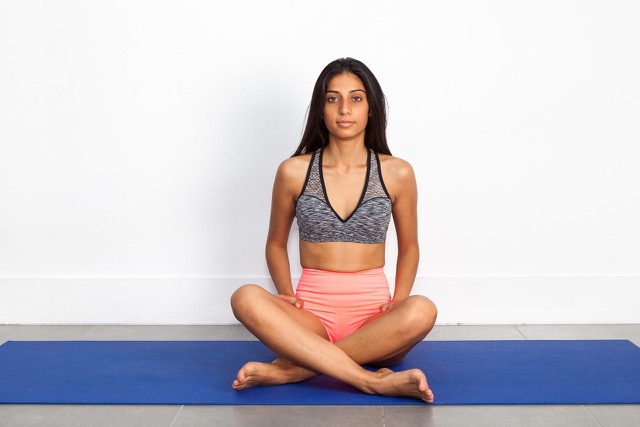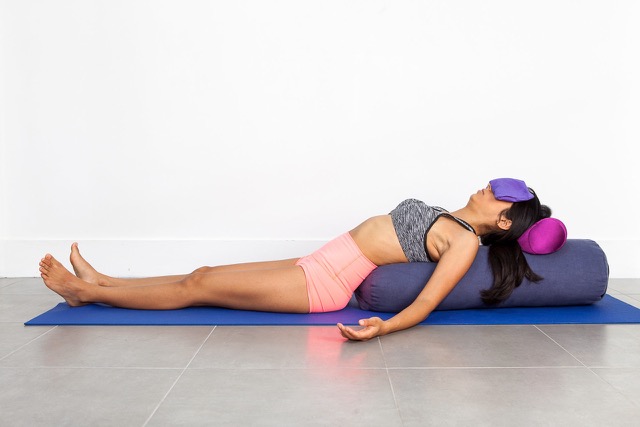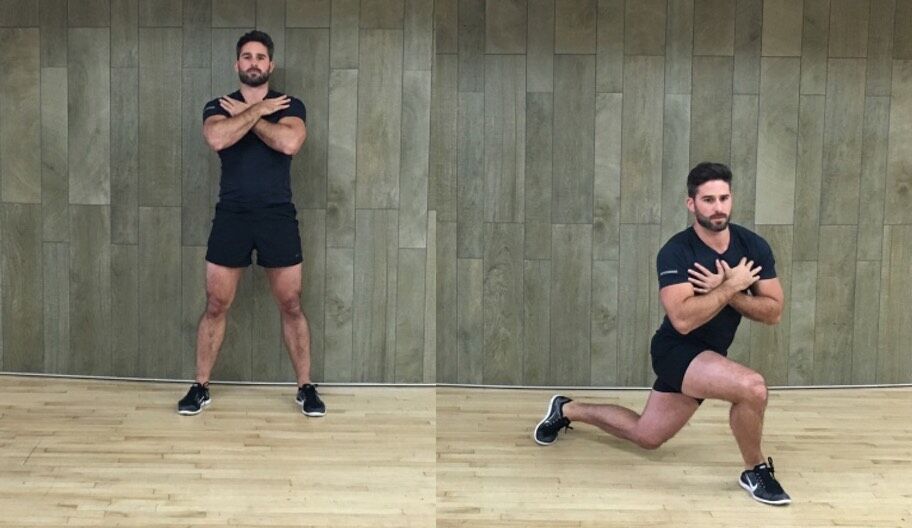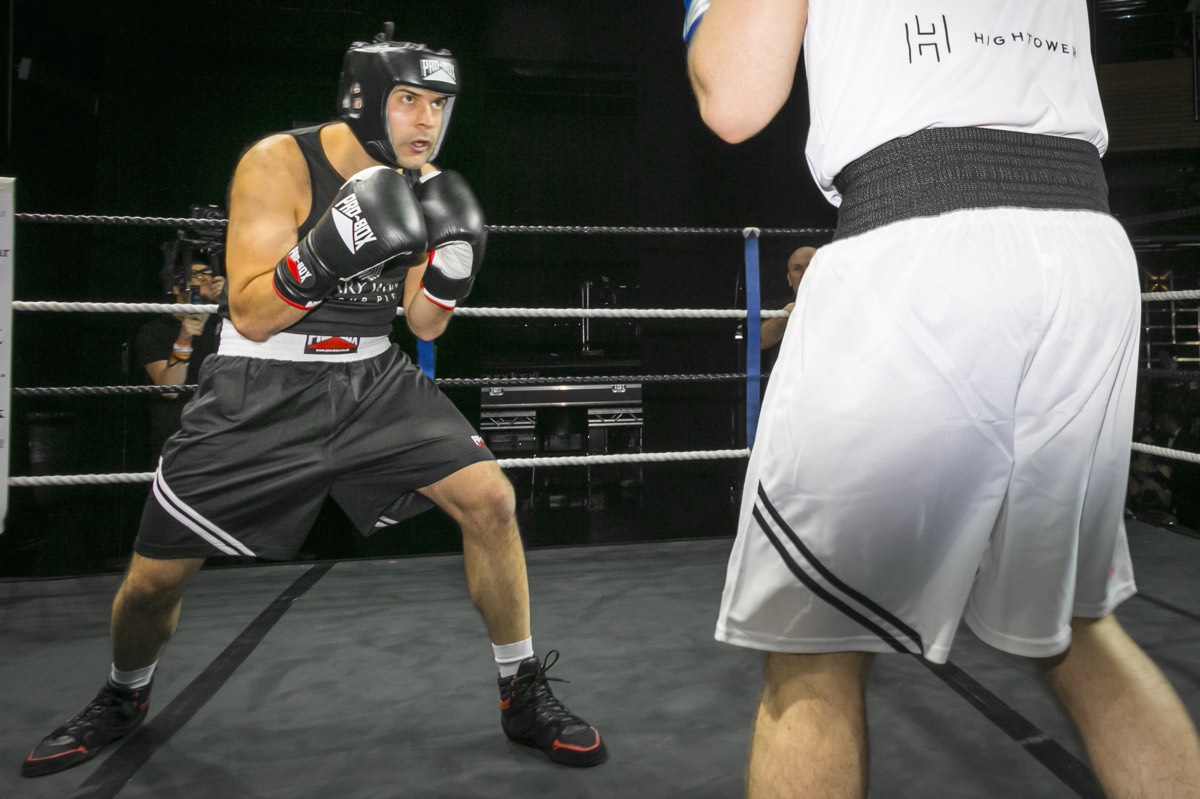The importance of sleep surpasses the obvious involving lifting your mood and physically looking less tired. When you have difficulty sleeping at night, it affects your day to day life, wellbeing and even your weight. TruBe trainer Dipa Trivedi, who specialises in yoga, explains the different effects of sleep and how yoga can be a simple and effective solution to aid a peaceful night’s sleep.
I get a lot of feedback from most students saying “some days I can sleep and others I just wake up and cannot go back to sleep”… When I ask them why, the answer is ‘I am stressed or I feel hot or I don’t know why’.
Usually, having a good night’s sleep is a combination of several factors:
- Physical fatigue
- Mental state
- Emotional wellbeing
- Routine
- Nutrition
- Overall hormonal health
All of these factors are interconnected and getting the right balance is vital to having a continuous good night sleep.
Now it is different for everyone, so we cannot apply the same principles for all, however there is a baseline. Having a good night’s sleep is key to living a life with minimal illnesses. You might be in your 20’s or 30’s and think that it is okay to have 4 hours sleep and then catch up on sleep on weekend. However, as you are building a gap, this can be difficult to fill over time which may result in various health issues. If you observe a child, for example, they would sleep at least 10 hours a night. A working adult (from 22) should sleep an average of 7 hours a night to live long and well. Sleeping helps with memory recovery, focus, immunity and mental stability. Plus, it allows for muscle recovery and growth after sport and exercise.
There are various yoga sequences you can try to improve your general sleep.
MY 5 FAVOURITE RESTORATIVE POSES YOU CAN TRY:
1. Supta Badcharakan Asana
This works to improve the digestive system and blood circulation to the brain.

2. Supported Child Pose
This helps you let go of your day – as you are energetically turning your back to the world; as well as releasing tension from your shoulders to the lower back.

3. Legs Up the Wall
helps the circulation of both blood and lymphatic fluid.

4. Siddhasana – Simple Crossed Leg Pose
Focus on your breathing as this helps to stop the mind from wondering

5. Savasana
Lie down, start to let go of each limb and drift into relaxation

Performing these quietly, restorative poses can help calm your body and mind whilst relieving stress and anxiety.
Have a good night,
Dipa
Want more advice and fitness tips? Download the TruBe App and check out our expert trainers where you can book a session today!
Don’t forget that our TruBe trainers can come to you right in the comfort of your own home!














